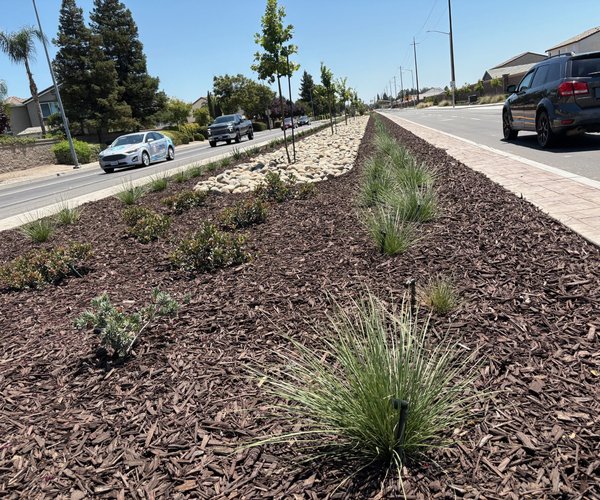Imagine, if you will, close to 1,000 people gathering to march eight miles across an area four miles wide to kill jack rabbits.
Such “drives” happened a number of times between 1916 and 1935 in the Manteca, Ripon, and Escalon area.
Some drives were reported to have killed in excess of 4,000 jack rabbits.
Jack rabbits had gotten out of control after water started flowing through South San Joaquin Irrigation District canals from Woodward Reservoir.
That’s because the availability of surface water triggered a land rush to convert what had been dry farm land within the boundaries of the SJJID formed in 1909 into much more productive irrigated land.
The new farmers quickly reduced the natural predators of jack rabbits — the coyote.
Because of that, conditions periodically lined up for a massive expansion of the jack rabbit population.
Jack rabbits had sustained the indigenous Yokuts for centuries. The rabbits were a natural fit for the sandy loam countryside around Manteca primarily as well as Ripon and Escalon.
They had rabbit drives similar to the farmers, but for different reasons.
The goal was to obtain clothing and food.
The Yokuts staked out massive nets.
Men and boys then “drove” the jack rabbits into the nets.
They were then killed using clubs and sticks.
The skins were used to make blankets.
The meat was cleaned and then dried or smoked for food.
With a reduction in natural predators, jack rabbits multiplied significantly creating havoc with grains and other crops.
Details on the second rabbit drive appeared in the Manteca Bulletin on March 18, 1918.
The 1918 drive had 1,000 participants that ended up killing 1,500 jack rabbits.
C.L. Hughes was chairman of the jack rabbit drive and Guss Schmiedt, for whom the Manteca High football field is named, was general superintendent of the line.
G.H. Koster was “head of the grub wagon” that fed about 1,000 people at an overall cost of $90
Hunters who turned in jack rabbits they killed received 10 cents for each one.
The committee resold the rabbits for 15 cents to locals as well as buyers in Stockton.
Some hunters, a number who had traveled from out of the area, kept their kills.
A large number were left on the ground to rot.
The Calla Farm Bureau organized a jack rabbit drive on March 12, 1922.
A.D. Goodwin was in charge of the drive.
The drive was financed at a minimum of $1 per farm and then 5 cents per acre for farmers who owned more than 20 acres.
The drive started at 8 a.m. at the San Joaquin River bridge at the Mossdale crossing
It was finished shortly after noon when participants reached Jack Tone Road.
Ammunition wagons followed the drive selling ammo at cost.
A free BBQ followed the drive.
The Manteca Chamber of Commerce helped organize a drive on March 9, 1924.
It was to start at North Ripon Road and head northwest toward French Camp Road and the Southern Pacific Railroad tracks before ending at Union Road.
The area was four miles wide and eight miles long.
It ended up not being held due to an outbreak of hoof and mouth disease.
The chamber and Calla Farm Bureau regrouped for a successful drive on Feb. 25, 1925.
The last reported drive on Feb. 14, 1935 was through the combined efforts of the Nile Garden Grange, the Farm Bureau, and the Manteca Grange.
There were also other drives.
One was staged by the Escalon Sportsmen Club.
It started at Lone Tree Drive and ended at the Stanislaus River where nets had been put in place.
The line of was four miles wide with a hunter every 200 yards. They covered a distance of six miles.
To contact Dennis Wyatt, email dwyatt@mantecabulletin.com






